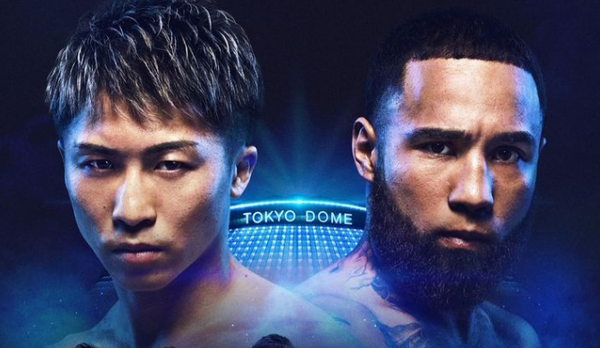

Come Monday, at the Tokyo Dome, Naoya Inoue will defend his super bantamweight titles from Luis Nery. It’s the first title defense for the Japanese P4P great since he became an undisputed champion for the second time in a span of 12 months after trouncing the Filipino Marlon Tapales on December 26 last year. One particular fact that makes the fight quite intriguing is that after a long time, ‘The Monster’ would be stepping inside the ring against a true-blooded Mexican boxer.
29-year-old, Tijuana, Mexico-born Luis Nery is not a mean customer. He might have forfeited a match in his decade-plus-old career. However, he retains all the features that make Mexican boxing so exciting to watch. Records prove, like Inoue, he continues to be inclined towards early stoppages. Hence, on May 6, fans can expect a high-octane exchange. Undoubtedly, it is also a clash where styles will go against each other. Speaking of which, given the fighting method that Nery is accustomed to as a Mexican, Naoya Inoue touched upon a particular aspect that his opponent might bring about. Since the time it came, it has become a point of discussion among fans and followers.
ADVERTISEMENT
Article continues below this ad
Craft of Boxing: Slow But Not So Slow
Naoya Inoue, who turned 31 on April 10, was speaking with a bunch of reporters during an open workout session. Talking about the upcoming fight and his opponent, the undisputed champion said, “He has subtle skills, like with his defense,” adding, “One also needs to deal with the delayed punches that are unique to Mexican boxers. I am preparing so that I’ll be able to take him down regardless of what punch I throw.” It didn’t take much before a user raised a query on Reddit.
View this post on Instagram
So what is this ‘delayed punch’? Firstly, it should be clarified that the term is not that frequently used in boxing. Hence, one might find its description inaccurate and probably open to multiple interpretations. Per one of the users, it seems ‘delayed punch’ has some relevance in Muay Thai.
- In the simplest terms, it’s basically a technique when a fighter provokes the opponent to raise their guard or switch into a defensive stance.
- After careful study of the latter’s response, the fighter throws a ‘tracer shot’, which helps him gauge the opponent’s reactions.
- Once done with the initial feint, the fighter holds on, waiting, before launching a follow-up attack.
- The timing part varies depending on the situation.
So in a nutshell, ‘delayed punch’ could be described as working around an opponent’s defense and then controlling the attack, turning to one’s advantage the opening created in the opponent’s defense.
Exemplars
In modern times, Canelo Alvarez remains one of the foremost exponents of the technique. Emanuel Navarrete is another example, though his usage might not be as extensive as the undisputed champion’s. In the 2021 title defense against Puerto Rican Christopher Diaz, the Mexican champion executed a near perfect ‘delayed punch’ in the fourth round.
First, he covered the considerable distance between himself and Diaz by throwing a right overhand. But that was actually just a feint. As could be expected, Diaz was forced to cover the left side of his head with a raised guard. But it also left the right side open. Taking full advantage and lunging forward, Navarrete threw a text book uppercut that landed squarely at Diaz’s chin. The Puerto Rican soon found himself touching the canvas.
ADVERTISEMENT
Article continues below this ad

ADVERTISEMENT
Article continues below this ad
Another fabulous example to cite would be Gennady Golovkin. Though a product of the Soviet school of boxing, it’s been long said that ‘Triple G’s style closely resembled a Mexican way of boxing. Widely recognized for his power, the Kazakh champion’s speed played a key role in taking him to the heights of the sport. But what most of the fans miss is the fact that he controlled the speed, beautifully synchronizing it to a rhythm that often left the opponent vividly confused.
What’s your take on the method? Do you think more boxers should try incorporating it into their training? Please let us know if the description above needs further amendments. We will be happy to hear from you.
ADVERTISEMENT
ADVERTISEMENT
ADVERTISEMENT
ADVERTISEMENT

